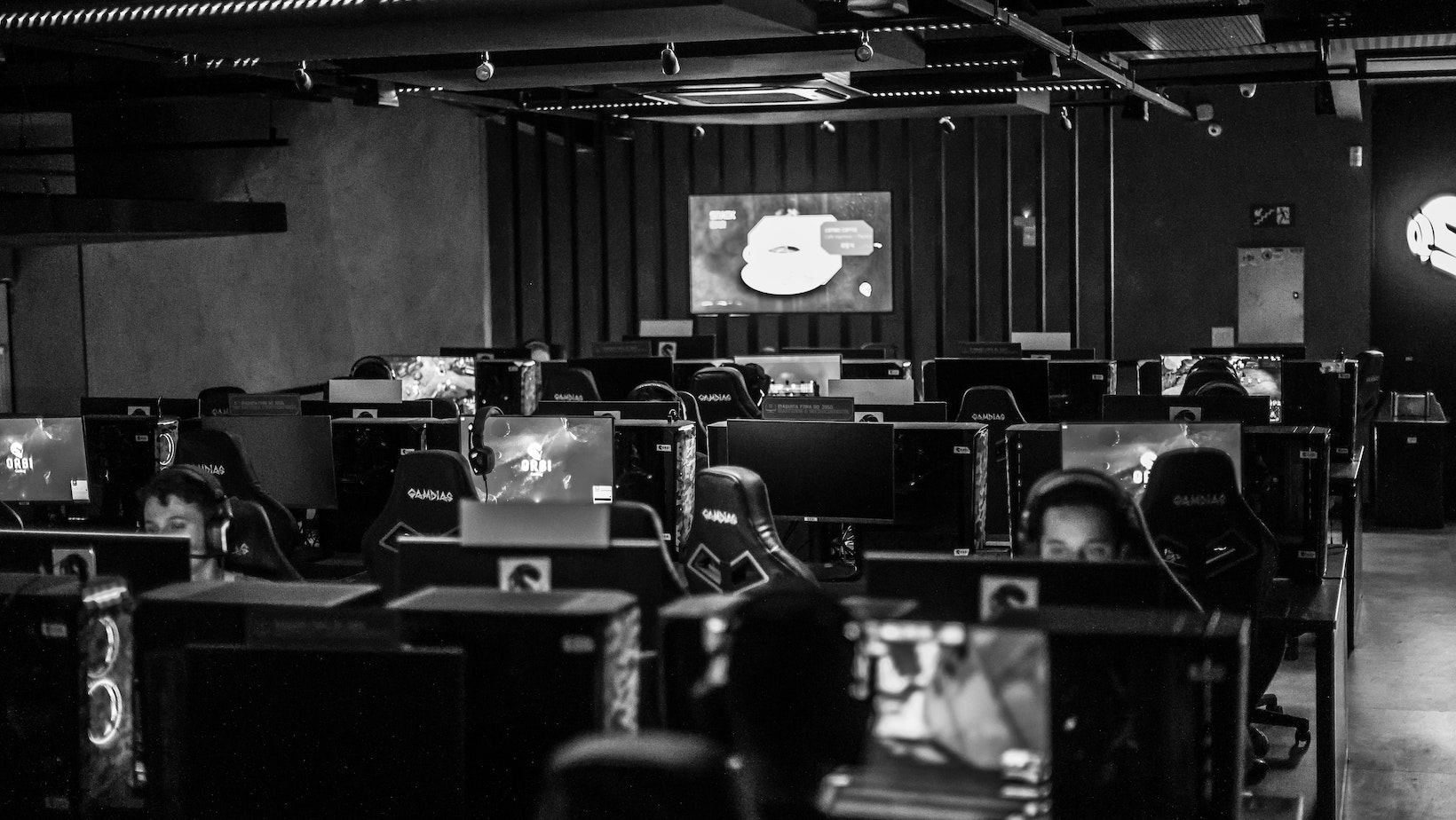Cybersport has experienced incredible prosperity in recent decades, and one of the keys to this success is esports events and tournaments. These massive events bring together the best players, teams, and fans from around the world, providing them with a platform to compete and be entertained.
Not only has cybersports, or eSports, become a global sporting phenomenon, but also a spectacle that can rival traditional sports. More excitement to the process of watching your favorite matches is added by dota 2 betting sites, which are also gaining popularity. Cybersports provides unique opportunities for entertainment and innovation in the eSports industry.
In this article, you will learn about how esports started, how esports became a global phenomenon and spread across regions, the spectacle and production value in esports, as well as corporate sponsorships and partnerships. We’ll also summarize the results.
The Birth of Esports Events
The roots of esports go back to the end of the 20th century when the first video games and computer networks appeared. The first Esports Events began as localized competitions between friends and players in nearby cybercafes. Often, the prizes were symbolic sums or virtual world items.
As time went on, esports became more and more organized. In the 1990s, the first professional esports teams appeared. One of the first major events was the Red Annihilation Quake tournament organized in 1997, where the winner received a Ferrari 328 GTS. This tournament attracted many players and was an important event in the history of esports.
The 21st century brought many changes to the sport. Major leagues such as Major League Gaming (MLG) and championships, including the World Cyber Games (WCG) and the Electronic Sports World Cup (ESWC), emerged. These events brought together the best players from around the world and gave them the opportunity to compete on the world stage.
Global Expansion and Localisation
The 2010s was a watershed moment for esports as it entered the mainstream. One of the key factors was the rise of streaming platforms such as Twitch, which made esports available to millions of viewers around the world. This contributed to the global popularization of esports.
As esports developed, strong regional scenes such as Korea, China, Europe, and North America emerged. Each of these developed their own еѕроrtѕive cultures and traditions. Korea, for example, became known for its professional StarCraft and League of Legends players.

Localizing esports requires taking into account cultural and language differences. For example, games that are popular in one country may not resonate in another. This involves not only translating games but also adapting competitions and events to local preferences and interests.
Today, esports is hugely popular and is recognized by many countries as an official sport. Its inclusion in the Olympic Games program remains a matter of debate, but it is a testament to how seriously it is taken in the global sporting community.
Spectacle and Production Value
Cybersport is characterized by a high degree of spectacle. It is a sport that can be watched on TV screens and monitors, as well as on-site. Competitions take place in specially designed studios or in huge arenas where thousands of spectators can watch the players.
Cybersport provides huge production value for media companies. Producing and broadcasting esports events requires specialized technical skills and equipment. This includes cameras, lights, audio and video editing, as well as sаѕtеrs and analysts.
A multitude of esports leagues and tournaments are organized all over the world. These events attract huge audiences and require professional organization and production teams to run. This creates jobs and encourages the industry to grow.
Spectacle and content production serve as the basis for the commercialization of еѕроrtѕa. It is becoming increasingly attractive to advertisers, who can use eѕроrtѕive events to promote their products and services.
Corporate Sponsorships and Partnerships
Cybersport has achieved mass entertainment status, which makes it a great advertising platform for companies. Competitions attract a huge number of spectators, which creates a unique opportunity for product and brand advertising.
One of the main advantages of esports for the corporate world is its global audience. Competitions are broadcast to many countries, allowing companies to reach audiences all over the world.
Many esports teams and organizations are looking for sponsors and partners. This gives companies the opportunity to associate themselves with successful and popular brands in the world of esports.

The growth of sponsorship and partner activity in the еѕроrtѕе stimulates the development of infrastructure, including еѕроrtѕive arenas, training centers, and technical equipment.
Partnership agreements between companies and eSports organizations can include branding arenas, outfitting players, and even creating their own eSports events.
Cybersport organizations and companies can mutually benefit from collaboration. Companies can provide expertise in marketing and management, while eSports organizations can provide expertise in technical infrastructure and event organization.
Conclusion
Major European events are of great importance for the industry and culture. They contribute to the development of eѕроrtѕa, attract new participants and financial resources, and create unique opportunities for professional growth. Each year, еѕроrtѕіvе events ѕtupоn grow in importance and benefit the industry and society as a whole.

